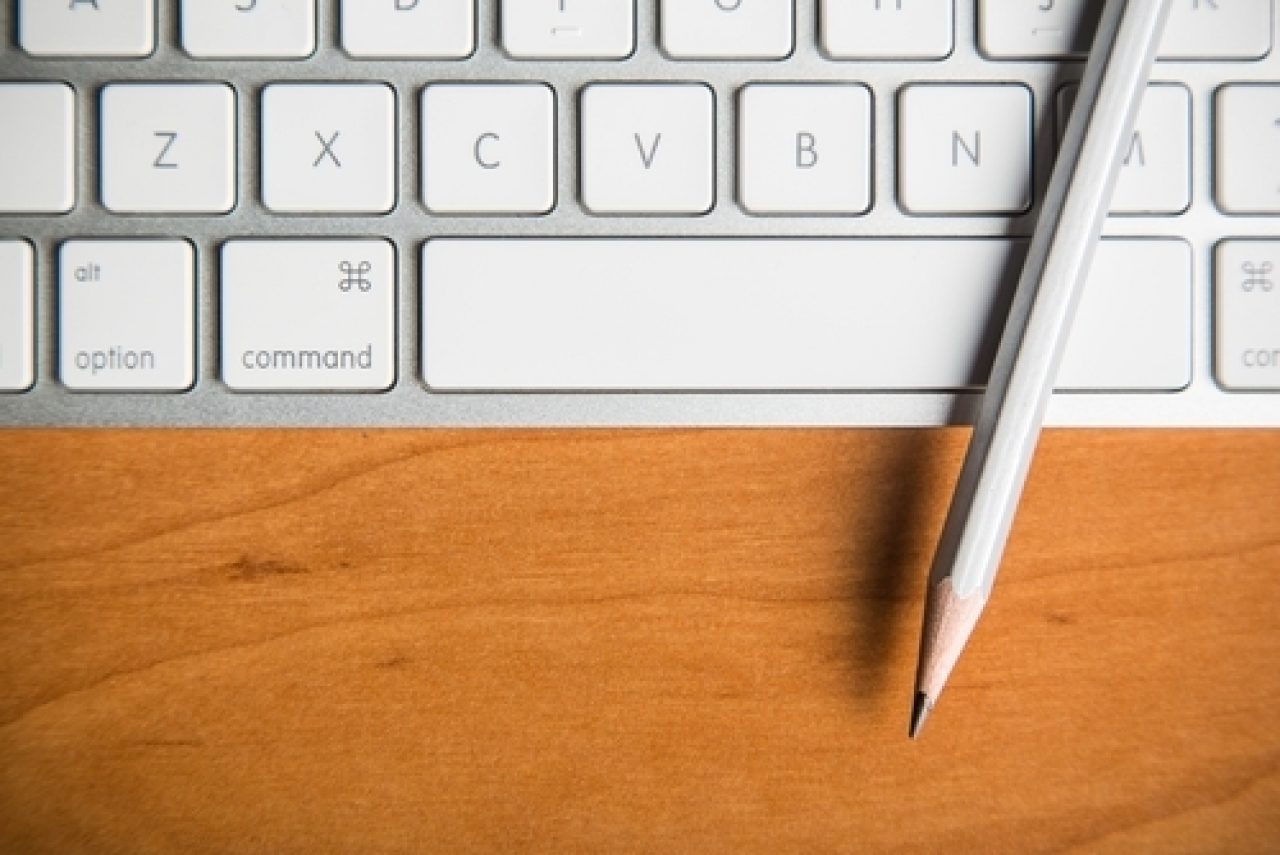Getting to Know Your Mac Desktop
Are you used to your old Windows PC, but now you want to be an Apple computer user? Broaden your tech savvy with this Mac desktop introduction!
Over the last few weeks, we've been talking about features and traits of the Windows PC. Today, we're going to take a quick tour of the Mac desktop which, while somewhat similar to the PC, has several particular aspects that set it apart.
When you first start up your computer, you are in what Apple calls the Finder. This is your home base. Looking at the screenshot below, you can see "Finder" in the top-left corner.
In the top-left corner of the screen is the Apple menu; it actually looks like the iconic Apple logo. Click it to access your System Preferences, recent documents and more. Use the Apple menu when you need to put your computer to sleep, reboot it, or shut down.
Next to the Apple menu is the Application menu. It will always tell you which application you're currently running. When you boot up the computer, you will be in the Finder, the OS X graphical interface. When you launch an application (Word, Excel, etc.), this menu will change to reflect that.
The Menu Bar is the bar located across the top of the screen. The Menu Bar will contain different options depending on which program you're using. The right end contains a few icons that represent other features on your Mac, such as Spotlight (the magnifying glass icon), date and time, and sound volume (the speaker icon). In this example, the active program is Finder.
Spotlight is Mac's search feature; it allows you to find a file or application by typing the name (or just part of the name). You can access Spotlight from its Menu Bar icon or in any Finder window. Simply click the magnifying glass icon to launch the app.
At the far right of the menu bar, the Notification Center displays an alert whenever you receive an update. It can be customized to let you know of upcoming appointments, tweets, news and other real-time events, just like the Notification Center on iPhone. It's hidden until you click its icon in the top-right corner.
Please note: Notification Center is a fairly new addition to the Mac Finder. It was introduced with the Mountain Lion operating system in 2011 and is not available in earlier versions of OS X. If you don't see it in your Menu Bar, you probably don't have it installed.
The Apple Macintosh was the first computer to utilize the idea of a desktop. Just like on a PC, you can store files and applications on your desktop. You can also easily personalize your desktop background/wallpaper, choosing either a built-in background from Apple's large collection, a downloaded wallpaper, or one of your own images. You can change your wallpaper by accessing the System Preferences in your Apple Menu. Select "Desktop and Screensaver" or right-click your desktop to bring up the secondary menu.
Pro Tip: Apple computers don't typically have a secondary mouse button, so people mistakenly believe that Macs don't have the capability to right click. However, you can program your Apple trackpad or mouse to right click. You can also use this nifty trick: position your cursor over whatever you would like to right click. Hold down the control button -- located at either the lower right or lower left of your keyboard -- as you click. This will bring up a menu of secondary options just like a right click would bring up on a PC.
The dock can contain shortcuts to applications, files or folders. If you have multiple programs open, you can use the dock to quickly switch between them. You can drag applications from your application folder to your dock for easy access. Items in the dock just require a single click to launch.
The dock is divided by a line. To the left of this line, you can place only applications. Any applications you launch that are not already in the dock will appear there while running. You can drag folders you use a lot (for me, it's my Dropbox folder) to the right of the divider. Just like the applications, you can open that folder with a single click. Any windows you minimize will shrink to the right side of the dock, which can contain only files, folders and the Trash.
The Trash on your Mac desktop works just like the Recycle Bin on a Windows PC. You can drag files, documents, photos and even applications to the Trash to delete them from your computer.
We hope these hints were helpful! We have even more posts in the pipeline about getting to know your Mac and PC, so stay tuned.
Each week, Bask sends fun educational content to our thousands of members and email subscribers. Improve your technology know-how with tips, tricks, history, news and more by signing up for our newsletter today!

 Member Connect
Member Connect